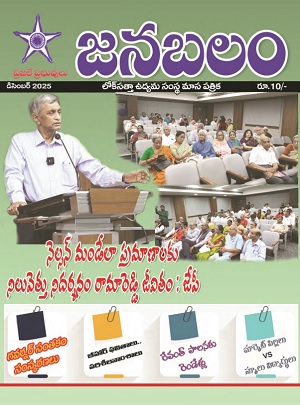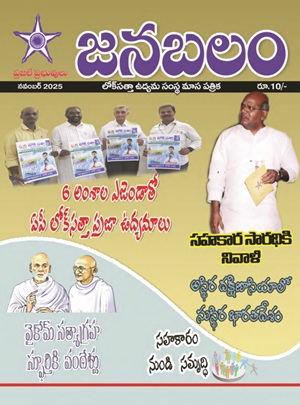India’s public health system could be in for an overhaul if the government agrees to proposals on universal healthcare discussed at a meeting of the NITI Aayog, the think tank that has replaced the Planning Commission, on Monday.
The proposals call for outsourcing primary healthcare to private doctors and promoting competition between government and private hospitals at the secondary level, which involves services of medical specialists.
Access to healthcare for all Indians is possible through this model with a nominal increase in the health sector’s share of the Union budget if the Indian economy continues to grow 7-7.5% in the next few years.
The proposals, discussed at the at the NITI Aayog by the Hyderabad-based Foundation for Democratic Reforms (FDR) and the Mumbai-based non-governmental organization Loksatta Movement, were based on the experiences of the UK’s National Health Service, the government-run health programme.
The proposal recommends that all MBBS doctors in rural India should be trained as family physicians and be paid by the government for each patient they treat.
“Every area will have a select number of family doctors. Patients will have the choice to contact any of them as they will be paid by the government. Doctors’ merit will be based on the number of patients that they attract and will be promoted within the public health system accordingly,” said Surendra Srivastava, national president of the Loksatta Movement.
The primary health centres (PHCs) will carry out government initiatives such as immunization and provide laboratory services and free medicines.
This is a radical shift from the current system where the government funds pays salaries to physicians and specialists only in the PHCs.
At the secondary level, choice and competition are seen as the most cost-effective options. Community health centres and private nursing homes will both be offered incentives by the government for efficient treatment and whoever provides better services will get a more attractive compensation.
In the current system, the government is responsible for strengthening only district hospitals. It pays private doctors only when a public-private partnership (PPP) is announced for specific services such as institutional deliveries.
“At the tertiary level, we believe a mix of AIIMS (All India Institute of Medical Sciences)-like institutions and low-cost private models such as Sankara Nethralaya, Chennai, and Narayana Hrudayalaya should be promoted. Corporate hospitals with high-cost treatment should not be promoted,” said Srivastava.
This, too, is a radical shift because the model discourages any relationship between corporate hospitals and the government, which is the norm currently.
Most joint ventures and PPPs for tertiary care exist between the government and corporate hospitals, in addition to them being on the list of empanelled hospitals for government employees.
The proposal estimates that if the said model is put in place, primary and preventive healthcare would cost Rs.80,000 crore-1.2 trillion per year by the year 2022. Secondary care will cost Rs.40,000 crore, while tertiary care will cost Rs.93,000 crore, making it a total of Rs.2.18-2.53 trillion. Assuming a cost escalation of 50%, the amount needed will be Rs.3.27 -3.80 trillion.
“If India’s real growth rate continues to be 7% and nominal growth 11%, the country’s gross domestic product (GDP) will be Rs.240 trillion. Through our model, universal health care will be achieved by spending 1.67% of GDP,” said Jayaprakash Narayan, general secretary, FDR. Currently, India spends approximately 1.3% of GDP on the health sector.
“The officials at NITI Aayog were positive about the proposal made,” said Narayan, who was present at the meeting.
Although universal health care was a promise under the 12th Five Year Plan (2012-17), it has not taken off as the Union and state governments have not reached a consensus on the model it should be based on and the services it would offer.
The meeting at NITI Aayog is seen as beginning of a process of dialogue towards consensus.
Courtesy: Live Mint
Tuesday, April 26, 2016
Subscribe to:
Post Comments (Atom)





No comments:
Post a Comment